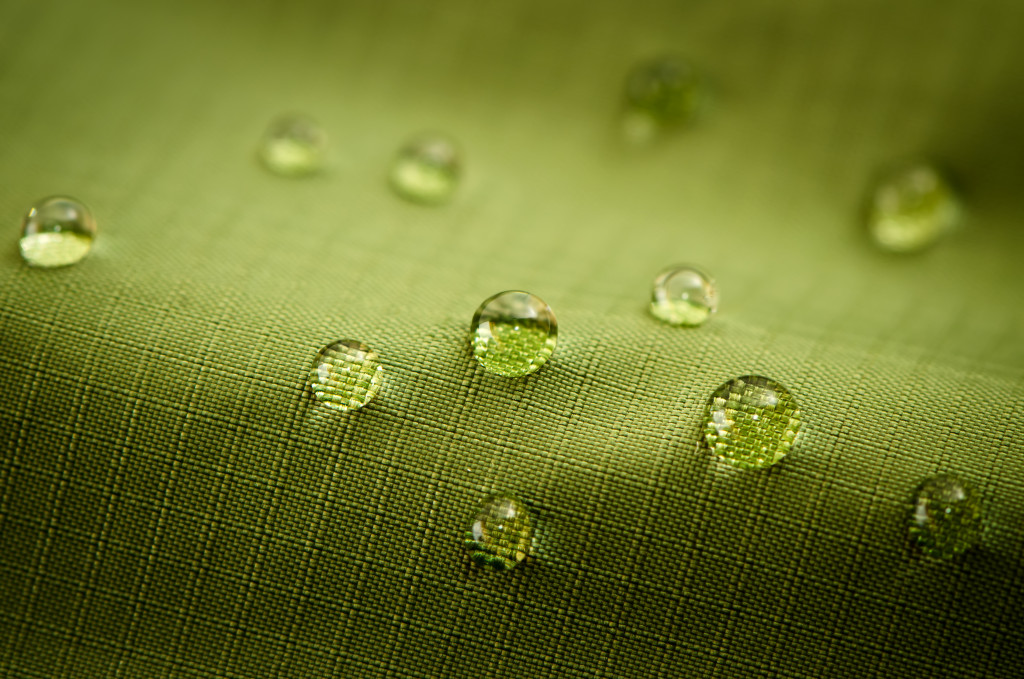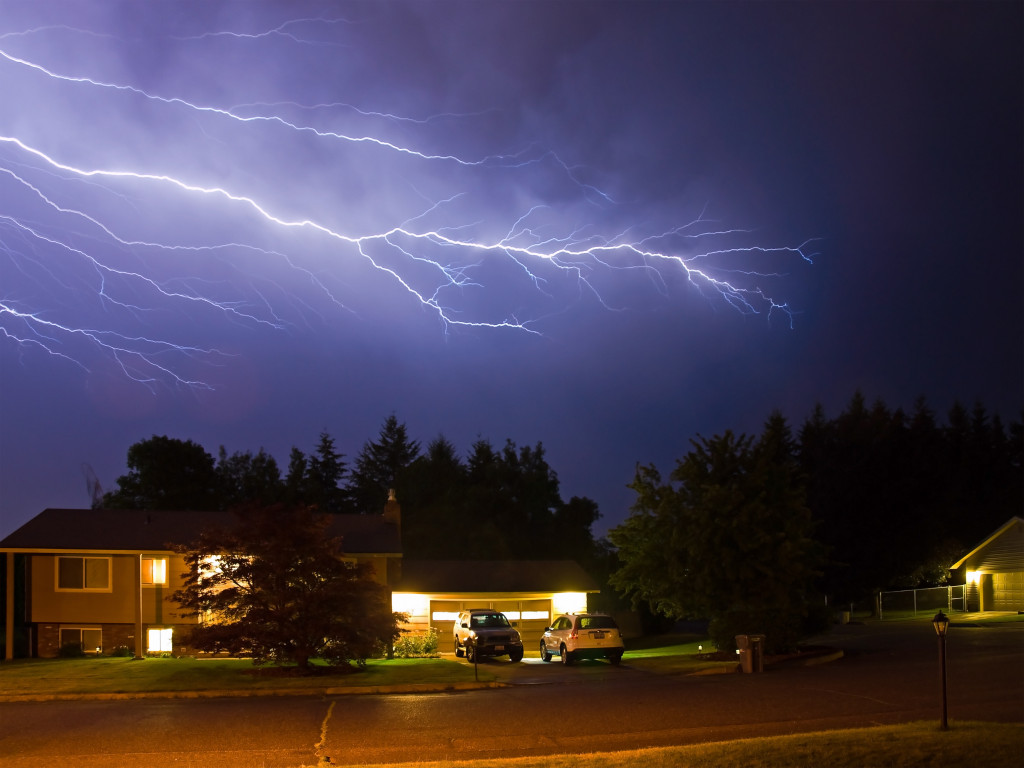Scientists have been warning about the consequences of climate change. In the future, if greenhouse gas emissions continue at the same rate, expect severe weather events to become the new normal. Already, the United States is experiencing stronger hurricanes, longer droughts, deadlier heatwaves, recurring flooding, and larger wildfires.
While countries worldwide are taking steps to prevent a global environmental disaster, the solution will not be immediate. Current U.S. President Joseph Biden wants the economy-wide net greenhouse gas pollution of the nation to be reduced by 50 percent from the 2005 levels in just under a decade. By 2050, the goal is to have zero emissions.
Until all the nations have minimized and stopped emissions, the climate will continue changing. Many of these changes are already felt all over the world. As scientists have predicted, the rising global temperature is causing the polar ice caps to melt at an unprecedented rate. Some places, such as Jakarta in Indonesia, Venice in Italy, and Lagos in Nigeria to sink.
Homeowners should be better prepared for a future where extreme weather events are happening regularly.
Weather-proof Materials
Houses in the U.S. are not built to withstand extreme weather events. Analysts are already warning that climate change will crush real estate. Unprepared developers will suffer massive losses.
As early as now, houses should be constructed to be resilient to extreme weather events. Start by using the strongest building materials available.
Concrete is one of the most durable building materials, able to withstand strong winds and fire. Pre-casted, it will also become water-resistant.
Stone has been used to build houses for centuries. Most ancient buildings around the world are made of stone because they are indestructible. The material can tolerate any weather and survive after any natural disaster. Nowadays, houses with natural stone or veneer stone enjoy a boost in curb appeal and durability.
Wood is one of the oldest building materials, and it is highly durable, too. It is perfect for future homes because it does not conduct heat and cold. It will be perfect for freezing winters and boiling summers. It has disadvantages, however. Wood is not water-resistant. If wood is exposed to water for long periods, it will rot.
Vinyl and metal are also very durable materials for future homes.

Climate Change-Ready Architecture
The changing climate will influence how houses are built in the future. Houses will look different in every country. Their designs will depend on their unique needs.
In cities that will be claimed by the ocean, floating buildings might emerge. These structures will be designed to exist in harmony with the presence of water. Amsterdam already has its own community of floating homes. Half of the landmass of the Netherlands is already below sea level. These floating homes can allow towns to survive despite the rising water.
Elevated buildings can also be constructed in areas that frequently experience storm surges and flooding. These structures will be raised so that, if there is water, no one will be submerged. The water will not reach houses and stores. Parts of Miami already have elevated condo complexes.
Extreme Heat-Fighting Features
Even now, the impact of climate change is undeniable. Winters are warmer than usual, and summers are unbearably hot. Every year, deadly heat waves are to be expected in Europe, Canada, and the U.S. In July 2021, California recorded the hottest temperature reliably measured on Earth. The planet will become warmer in the coming years.
There will be a need for houses of the future to be built in ways that will effectively fight overheating. Dense materials such as stone and concrete create good insulation that shields the house’s interiors from high temperatures. When used in bulk, it can create an effect similar to a cave where the inside remains cold regardless of the weather outside.
The use of green roofs and walls may also become more popular in the future. These features are not just aesthetically pleasing; they offer a buffer between the house and the hot rays of the sun. The plants on the roof and the walls will be absorbing the heat.
Moreover, the placement of the windows will have to be reconsidered. The indoor temperature is influenced by the heat coming through the windows. Houses in the future need to be designed to get natural lighting without heating the entire space.
Homeowners need to begin preparations for the consequences of climate change as soon as possible to mitigate losses. However, the best solution to impending disasters caused by the warming planet is to stop it before it happens. The actions needed to decrease emissions should be made urgent.

